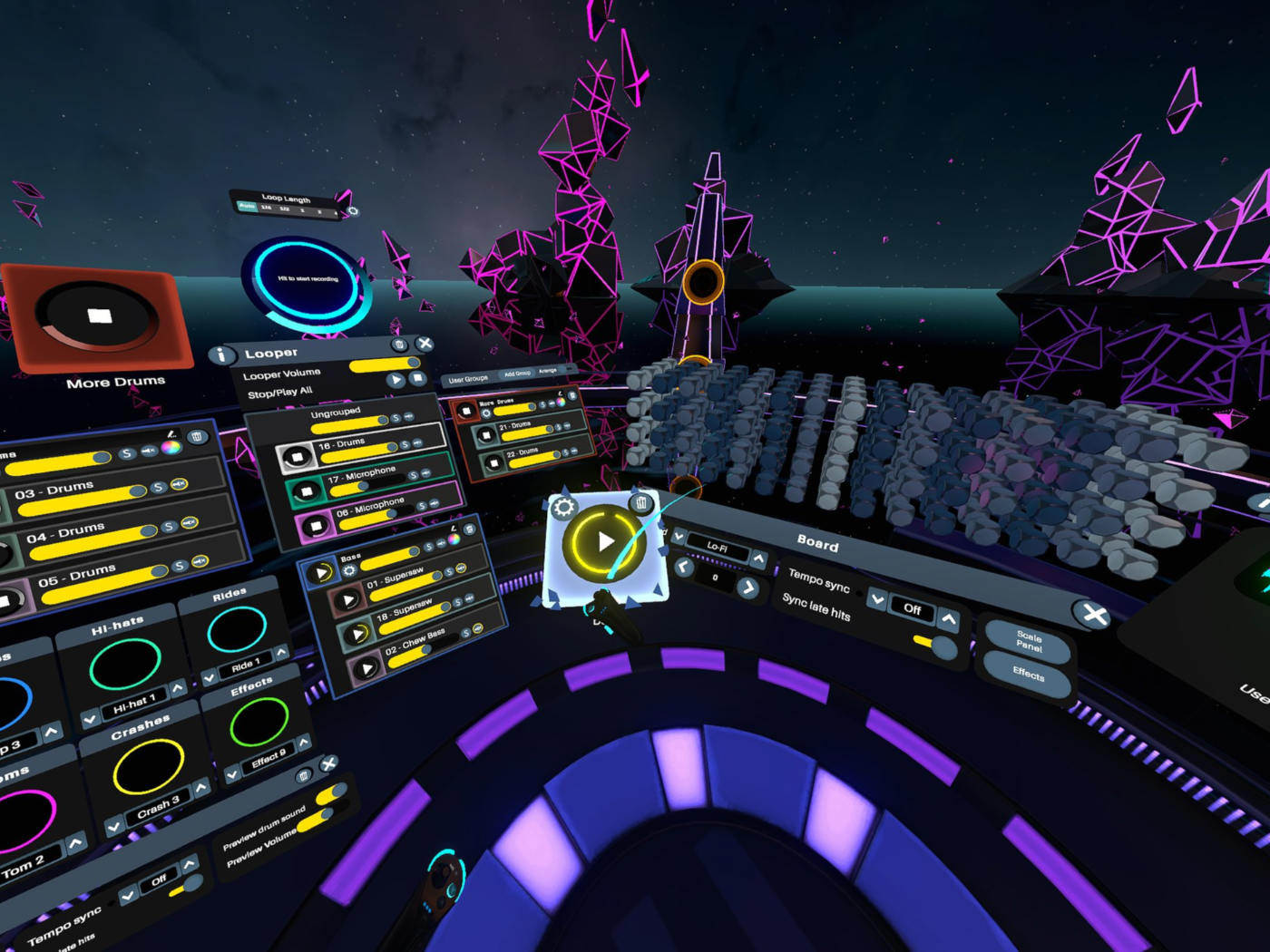The Meta Quest Pro has received a significant update that allows for tongue tracking, adding a new layer of immersion to virtual reality experiences. This advancement in VR technology is designed to enhance user interaction, making avatars more lifelike and responsive.
What Is Tongue Tracking?
Tongue tracking allows a VR headset to monitor and replicate the movements of a user's tongue. This capability is part of a broader effort to enhance the realism and immersion of VR experiences by accurately capturing and translating a wide range of facial expressions and movements onto virtual avatars.
RELATED: How To Make Meta Quest Pro More Comfortable
Benefits Of Tongue Tracking
The inclusion of tongue tracking significantly enhances the expressiveness of avatars in virtual environments. By accurately replicating subtle mouth movements, it allows for more natural and engaging interactions. For instance, users can tease friends by sticking out their tongue or simulate eating and drinking actions in VR, making social interactions more lively and realistic.
![]()
The v60 SDK Update
Meta's latest update, the v60 SDK, has introduced tongue tracking to the Meta Quest Pro. This update extends the face-tracking capabilities of the headset, allowing it to capture and replicate tongue movements. Although this feature hasn't been integrated into Meta's own avatars in applications like Horizon Worlds yet, it has begun to appear in third-party apps developed by external developers.
RELATED: Top Picks For Meta Quest Productivity Apps
For example, the developer Korejan has updated the VRFCT (VRCFaceTracking) module for ALXR, an open-source alternative to Virtual Desktop and Steam Link for PC VR streaming, to support tongue tracking in VRChat. This update is a step towards more immersive and interactive VR experiences.
How Tongue Tracking Works
In the v60 SDK, Meta has included new functionality in its face tracking OpenXR extension to measure how far the tongue is stuck out. This enhancement allows for more nuanced expressions and interactions. While the Meta Avatars SDK hasn't been updated to support this feature yet, third-party developers can leverage the new SDK to incorporate tongue tracking into their applications.
RELATED: The Battle of Realities - Apple Vision Pro vs. Meta Quest Pro Compared
Steam Link and Virtual Desktop, which already support previous face tracking capabilities, will need to update to the v60 SDK to include this new functionality. As developers adopt this update, users can expect to see more applications supporting tongue tracking, enhancing the realism and engagement of VR interactions.
Recommended Meta Quest Pro Accessories
Conclusion
The introduction of tongue tracking in the Meta Quest Pro marks an exciting development in VR technology. This feature enhances the realism of virtual avatars, making interactions more lifelike.
However, the slow adoption of face tracking features due to the Quest Pro's high initial price and limited user base highlights the need for these technologies to be integrated into more affordable devices. As more developers and users embrace these advancements, we can expect VR interactions to become even more immersive and engaging.
What other features would you like to see in the Meta Quest Pro to further enhance your VR experience?




